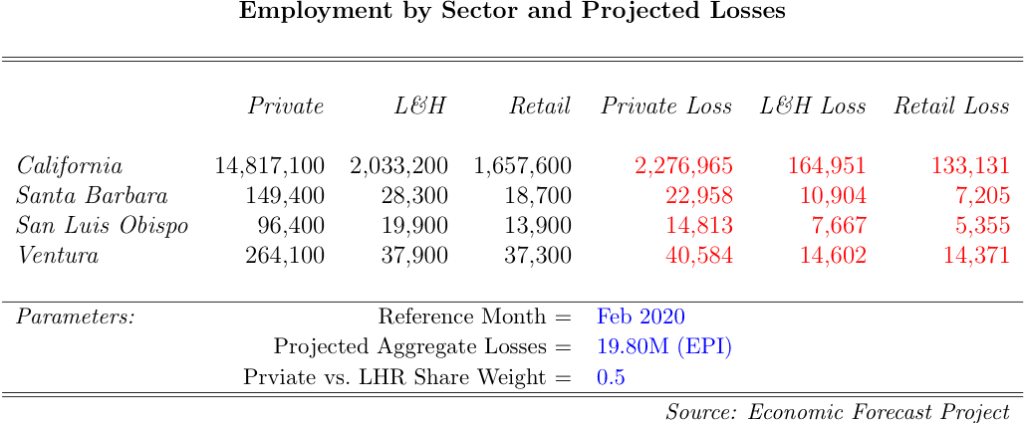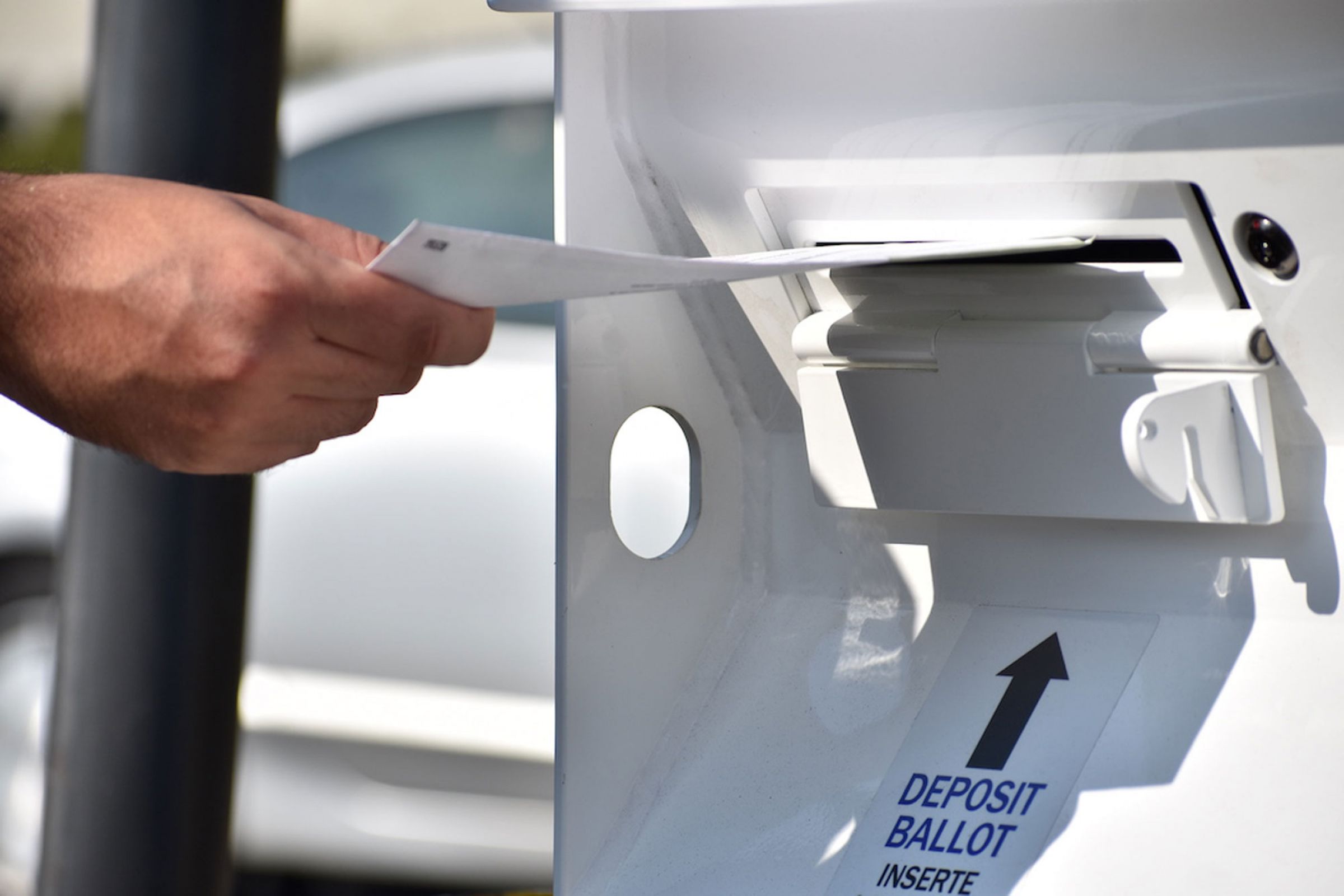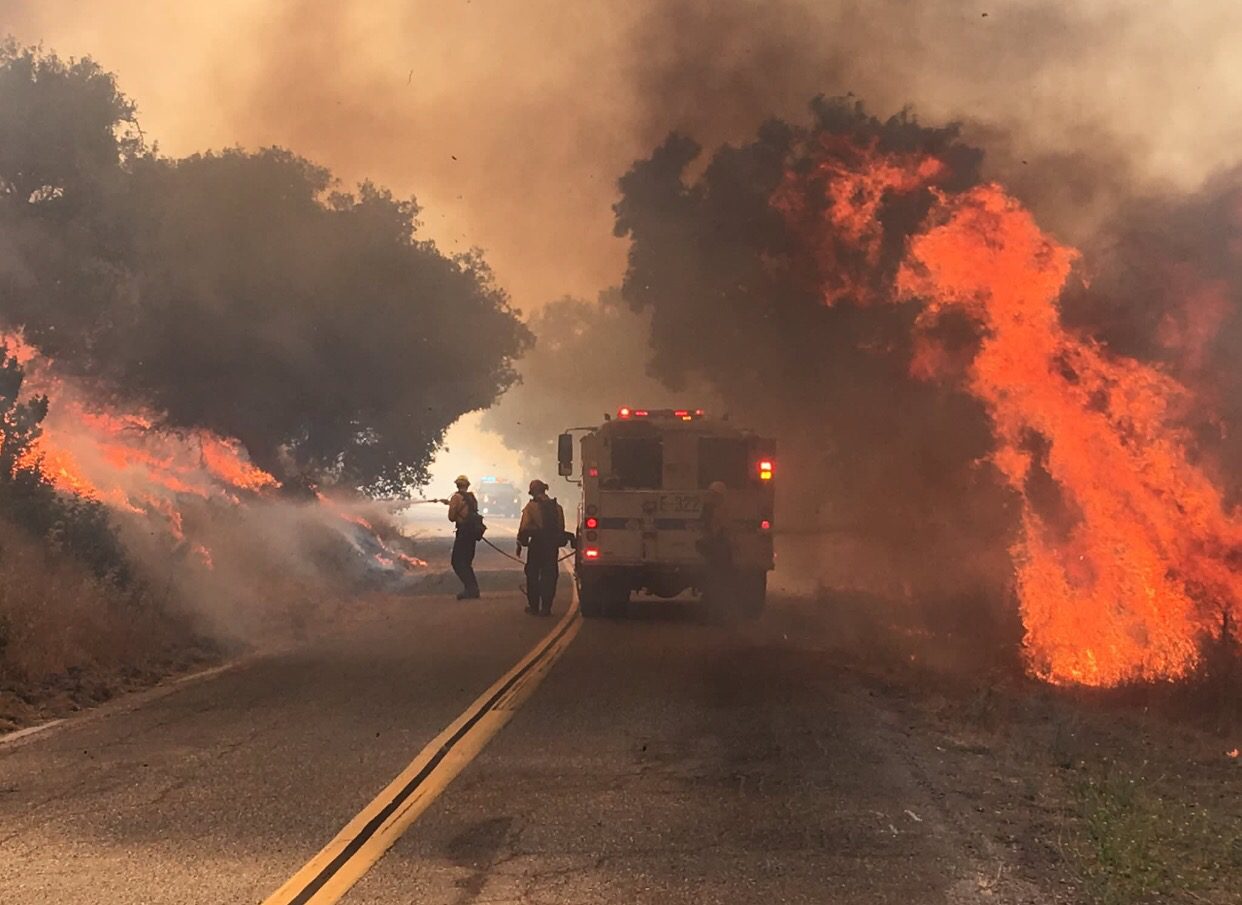By Raiza Giorgi
publisher@santaynezvalleystar.com
Leaders in the various tourism and hospitality industry talked about the impacts of COVID-19 on a local level during the UC Santa Barbara Economic Forecast Project webinar Thursday afternoon.
“There has been an 86 percent drop in travel spending compared to this time in 2019, and Santa Barbara is greatly impacted with 47 percent drop in hotel rates,” said Kathy Janega-Dykes, Executive Director of Visit Santa Barbara.
Santa Barbara Airport has seen a 95 percent in traffic, and future implications for this small airport remain unknown. Recovery from this pandemic could take years, and the community must work together to support the local workforce, Janega-Dykes added.
Even with a list of negative impacts associated with job losses and most of the tourism and hospitality industry having to shut down due to the Governor’s orders, there is a light as when the stay-at home orders are lifted people will want to be going somewhere.
“Seven in 10 people surveyed said they can’t wait to travel once restrictions are lifted, and with air travel seeing a huge hit, we expect a lot of road trippers, and those that want to drive within a few hours of their homes. For Los Angeles and San Francisco residents, we are a perfect destination,” Janega-Dykes said.
As a majority of the cities are seeing higher cases of COVID-19, people will want to travel to smaller cities and rural areas to enjoy wide open spaces.
“Places like the Santa Ynez Valley will be a huge attractor to people wanting to go somewhere and enjoy open areas,” Janega-Dykes said.
Getting to that point might be tricky as there are expectations there might be an increase in cases when stay at home orders are lifted, said Lynn Fitzgibbons, M.D., Infectious Diseases Director for Cottage Health.
Fitzgibbons said hygiene and social distancing will remain very important once that happens.
“Most people who get this experience mild to moderate symptoms, and it varies on the community as we are not like Manhattan. We are prepared to handle low rebounds,” Fitzgibbons added.
Another unknown at this time is small businesses, who are taking huge hits on revenue loss and it’s possible that 30 percent of restaurants could permanently close, according to Sherry Villanueva, founder of AACME Hospitality.
Villanueva said they are operating at a zero income, and their restaurants and facilities have furloughed 345 employees.
“There are 941 restaurants in Santa Barbara County, which roughly employs 18,095 people and $103.8 million in wages. This trickles down to suppliers like fisherman and produce, linen cleaning, farming, etc,” Villanueva said.
Restaurants and hospitality also is having a hard time getting access to capital as they don’t fit a lot of the typical business models.
“The volume and level of need is extraordinary,” said George Leis, President and COO of Montecito Bank and Trust, who gave an update to the PPP and SBA programs rolled out.
Leis said the volume of calls has been overwhelming and managers are working until well after 11 p.m. going over loan documents and requests.
“The roll out of these programs has been like flying an airplane while they’re building it. We had zero direction of how these are supposed to be done, and rules are changing everyday. Meanwhile we are giving out $100 million just from our bank,” Leis said.
His colleague Roger Gilbert said all the banks and programs have already exhausted the $349 billion dolled out through the CARES Act, and they’re hoping for an additional $200 billion to be funded for the second round. They have clients waiting to be accepted, and yet if one of those businesses close, there is no guarantee of it being repaid.
“What we do know is that we have to reopen, do it safely, but these businesses need to get their doors open in order to survive, but when they do reopen will people be too scared to go out,” said Peter Rupert, executive director of the Economic Forecast.
Rupert reported that regarding the effects on employment, Christopher Rugaber of the Chicago Tribune reports that some economists predict that the unemployment rate (previously sitting at a half-century low of 3.5 percent) may reach above 15 percent. Jeff Cox of CNBC reports of a more dire outlook from St. Louis Fed projections that suggest this slowdown could cost 47 million jobs and lead to jobless rates around 32 percent. To read more about the local projections using those two figures visit https://efp.ucsb.edu/Pages/COVID19.html.

Table provided by USCB Economic Forecast Project






